19th Century Maireener Shell Necklace
An antique Tasmanian necklace strung with iridescent blue/green Maireener shells. Dating from the first half of the 19th century, these necklaces have been made by the Palawa people (Tasmanian Aboriginal) for over 1800 years. Reserved for women, the collecting and stringing of Maireener shell necklaces forms an important part of the Palawa culture heritage. From The Companion to Tasmanian History:
"It is important to acknowledge the Aboriginal women who continue the ancient tradition of collecting, processing and stringing shells into delicate and intricate patterns, handed down through many generations from mother, Auntie, sister and daughter.
"Making shell necklaces has always been the role of women, and today women stringers still have 'ownership' of the cultural tradition. Women had and have the knowledge of where and when to collect the shells, in places such as Bruny Island, Robbins Island, the coastline around Woolnorth, the north-east coast and on beaches around Bass Strait islands, usually between June and March. Strings of shells were of great value, used as items of trade or to enable collection of the sacred red ochre used in rituals. The collection and distribution of ochre was also the role of women."
Prior to the invasion of white settlers at the turn of the 19th century, such necklaces were made to be worn on the head or close around the neck or around the arm - no more than 15 or 16 inches in length - and the shells were strung on kangaroo fibre string. Around 30 years after the invasion, however, the tradition began to change with far longer necklaces like this one being produced. The adoption of cotton thread and metal needles, new technologies brought by the English, as well as a change to the patterns of hunting and trading, meant longer necklaces became more wearable (and could command a higher price at market.
"A Duterreau portrait of the Bruny Island leader Woorady in 1834 depicts this powerful warrior wearing a string of three rows of small, shining shells around his neck...In 1837–38 at Thursday markets at Wybalenna on Flinders Island, Aborigines sold shell necklaces to Europeans and sent necklaces and salted muttonbirds to sell in Launceston. On nearby Cape Barren Island women continued their mothers' traditions such as stringing shell necklaces, combing the beaches with great care to select the shells."
Era: Early Victorian, circa 1840
Length: 70 inches
Stone: Blue Maireener Shell
Condition: Great antique condition, light wear consistent with age
Full appraisal document provided with each item.
This includes a valuation for insurance purposes, item specifics, date, and origins (where applicable).
Gemstones are tested by an accredited gemmologist (Cert GA, Gemmological Association of Great Britain).
Shipping
UPS Express shipping is free of charge on international orders over £300 and it's carbon offset
Tracked and insured with signature on delivery
RM Special Delivery (UK domestic)
Buying a Gift?
Leave a note at checkout and we'll include a handwritten note to the recipient. Just tell us what you'd like to say
Resizing
Ring sizing is available on most rings
£55 flat fee
Resizing takes 7-14 days
Leave a note at checkout with your desired size
Note: sizing may remove some of the patina (although we take every care to reduce this where possible)
Layaway
A 25% deposit will be taken to secure the item. The remaining balance will be settled in 90 days. You can pay installments weekly, monthly, or the full balance at the end - whatever works.
Condition
We offer detailed and accurate condition reports on each listing. These pieces are antique, vintage, or pre-loved and often over 100 years old so they're going to have lived a life. A healthy patina and the odd scuff/scrape are quite normal... it's part of their charm! Everything we present has been checked over by our jeweller and should be good for wear for many years to come (unless otherwise stated) but please remember to treat them with appropriate care and consideration for their age.
More Questions?
Get in touch... There's a live chat at the bottom right of the page.
info@lostowl.com







